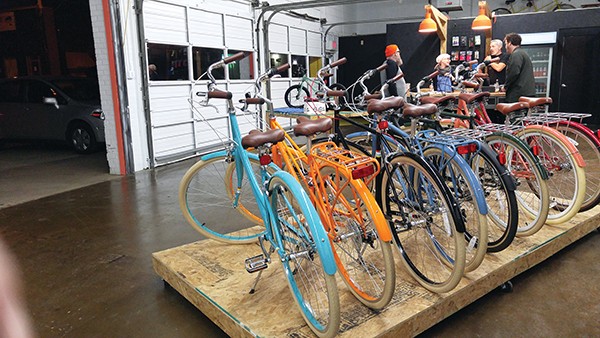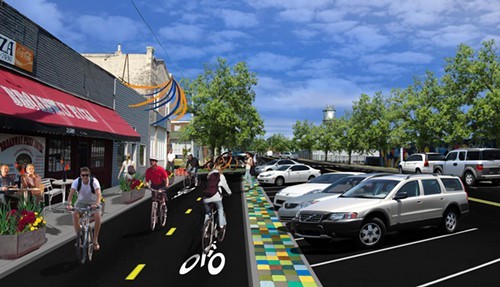Whatever happened to the project to extend the Shelby Farms Greenline west from Tillman?
For the third installment of our occasional series, called “Whatever Happened To,” we’re checking in on that project. The $5.3 million plan was announced in 2016, nearly six years ago, and no construction has yet to begin on it.
Here’s how the project was described by the city of Memphis Bikeway and Pedestrian Program’s website in October 2016: “The scope of this project is from the Greenline’s current terminus at Tillman Street to Flicker Street. Due to the necessity of crossing an active railroad, the city will construct a bicycle and pedestrian bridge in between the Union Avenue and Poplar Avenue viaducts.
“Additionally, the city intends to build a new trailhead at Flicker Street, under or near the Union Avenue viaduct. Once complete, the bridge will allow the Greenline to one day push through Tobey Park, into the [Mid-South Fairgrounds], and possibly beyond.”
Since then, three different people have occupied the White House, a two-year pandemic changed the world, and The Fairgrounds is now called Liberty Park.
For answers on the delay, we turned to Nicholas Oyler, manager of the city’s bike and pedestrian program.
Memphis Flyer: Whatever happened with this project?
Nicholas Oyler: This one is also federally funded. So, it’s also beholden to those same environmental clearance requirements [as the Poplar-Cooper Connector] and there are some other formalities that must be met.
Ah, okay.
There’s also acquiring a formal railroad right of way. The project involves building a bridge over an active railroad. Anytime there’s a railroad involved, there’s even more legwork that has to be done, more boxes to check.
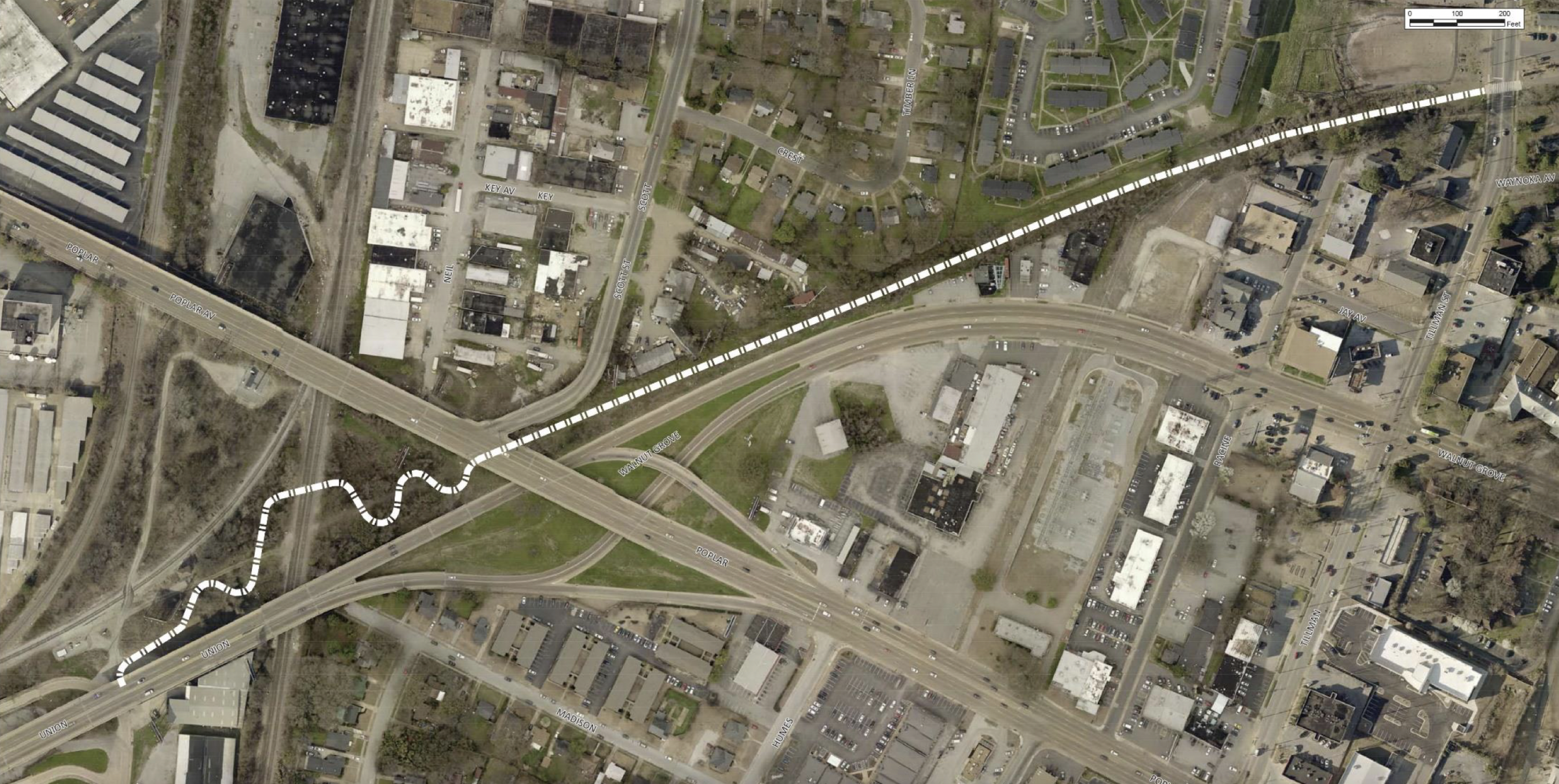
We’ve been in that environmental review phase ever since the project started. The good news on this one is that we received that environmental clearance just last August.
So that cleared the way for the project to proceed with design work. The engineering design consultant has finished 60 percent of the construction plans, so we have the preliminary plans. Those will get reviewed by the state and by us internally.
We will be meeting with project stakeholders probably in the next three to four months. We’ll start talking about more of the amenities, the landscaping, opportunities for public artwork, and that sort of thing.
Kind of similar to [the Poplar-Cooper Connector], we anticipate we’ll be reaching construction mid-2023.
Have the plans changed?
Currently, the Shelby Farms Greenline stops at Tillman Street on the west side. This project will push it further to the west. So, it’s going to continue past Tillman, where it currently ties in with the Hamp Line.
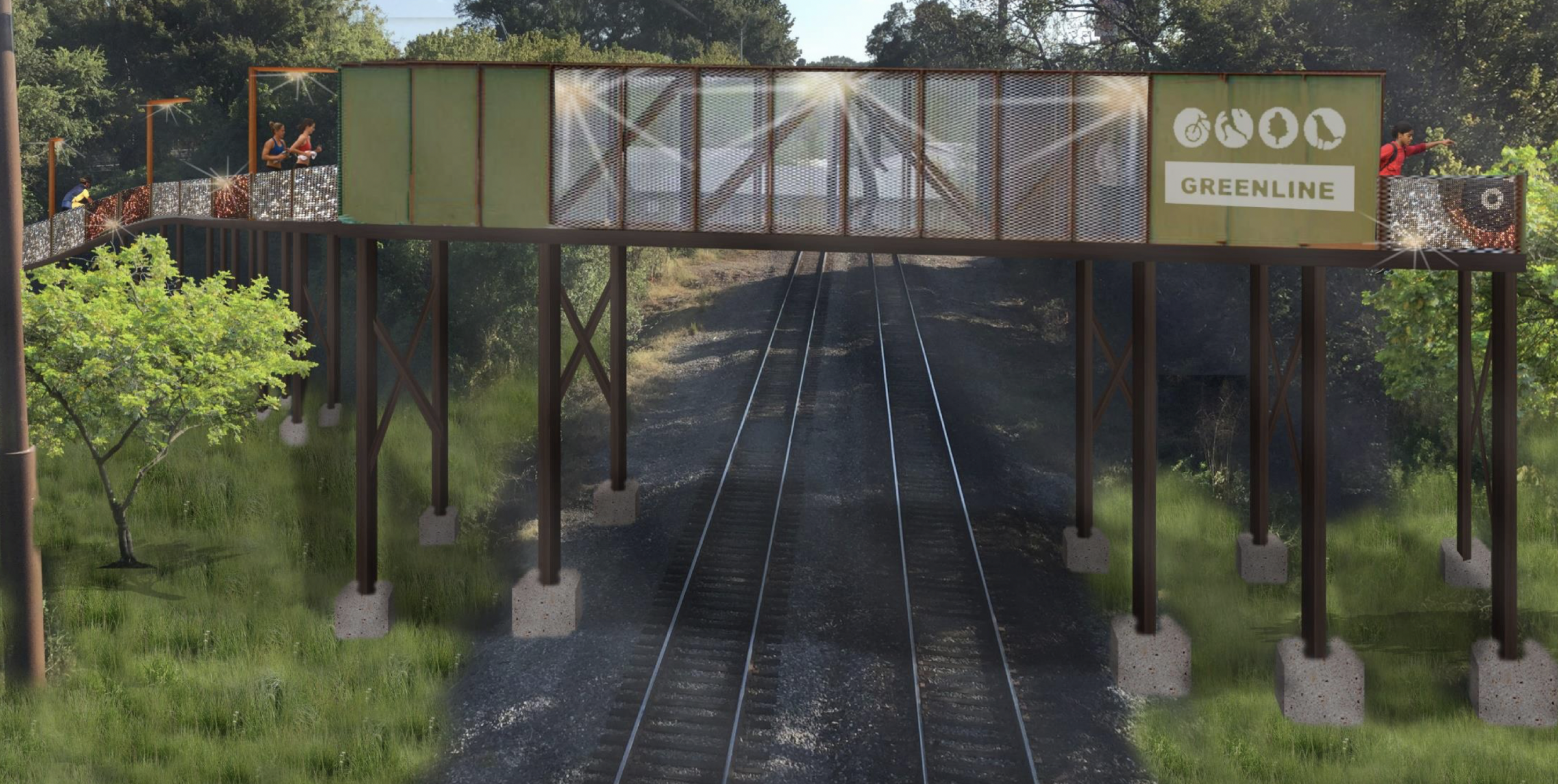
It will continue past Tillman, go under the Poplar Avenue viaduct, and then kind of rise up, become elevated to go over those active railroad tracks that the Union Avenue viaduct goes over. It will come down and then land at Flicker Street, near the skate park and Tobey Park.
It is moving forward. Like I said, we expect construction to begin on this in mid-2023.

Is there anything I left out or anything you’d like to add?
On a related note, we have since received a separate federal transportation grant that allows us to start studying the feasibility of continuing a connecting path. It probably won’t be the Greenline as we know it, meaning it won’t necessarily be a separated, off-street path.
But we’re developing some kind of connection for people walking and people biking to continue from Flicker Street farther west to Cooper Street in Midtown. This one is just starting. It’s much earlier in the whole process. At this point, it’s just a feasibility study. But that’s another exciting connection that’s underway.

The bigger picture here is we have this Greenline project in the works already. Then, like I said, there’s the segment between the Greenline and Flicker that is [coming together]. Then, you have the Peabody Avenue project, which is going to link up with the existing bike lanes on [Martin Luther King Avenue] that we did a couple of years ago.
One day, once this Cooper and Flicker segment of the Greenline is finished, we’ll have a continuous, seamless corridor running all the way from Downtown out to Cordova. It’ll be a corridor about 30 miles long.

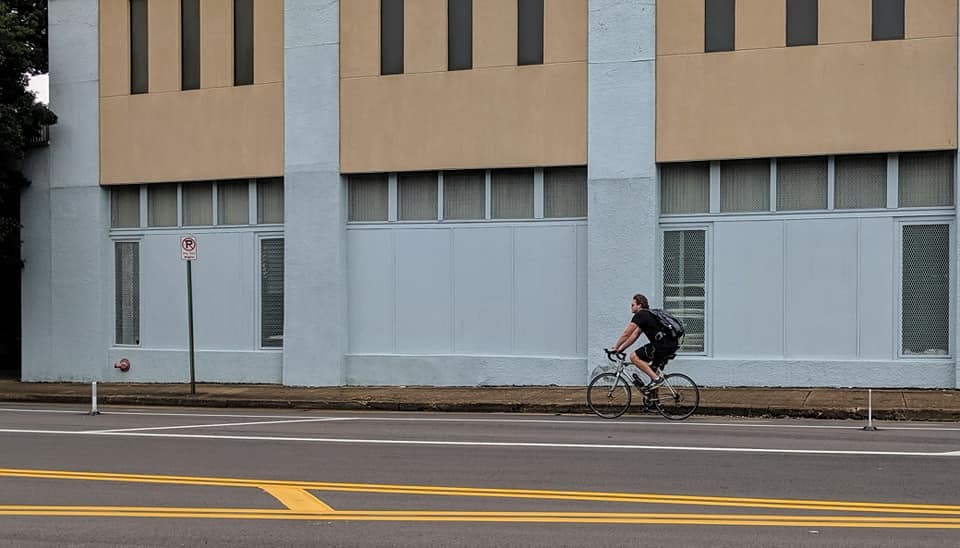
 City of Memphis
City of Memphis 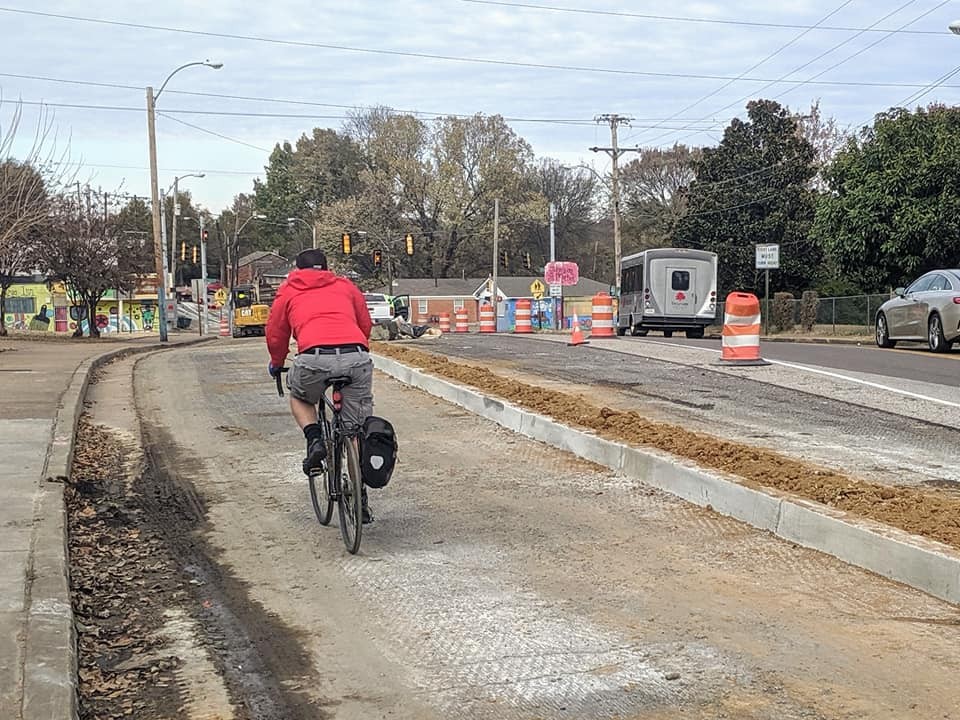 Facebook/Bike Ped Memphis
Facebook/Bike Ped Memphis  Greg Cravens
Greg Cravens 